
We’re Here and We’re Queer: A Retrospective of LGBTQ Individuals in STEM – PLOS SciComm
By Elizabeth Fusco, edited by Andrew S. Cale Pride Month is a celebration of the lesbian, gay, bisexual, transgender, and ...

Talking Trash for Ten Years: Interview with Children’s Author Patricia Newman – PLOS SciComm
Children’s author (and PLOS SciComm contributor) Patricia Newman is celebrating a landmark anniversary of her renowned book on improving our ...

SoapBox Science Coimbra: Women researchers share science on the streets – PLOS SciComm
By Ana Santos-Carvalho and Carolina Lebre, edited by Andrew S. Cale Excessive use of technical jargon can be a significant ...

Promoting science for all: how European Researchers’ Night could unlock science in rural Portugal. – PLOS SciComm
In a world where the wonders of science are no further away than a Google search or a science museum field trip, ...

The Science of Zombies: “The Last of Us” and Beyond – PLOS SciComm
By Elizabeth Fusco, edited by Michael Liesen Infection and pandemics have never been more relevant globally, and zombies have long ...

Science Communication: How it benefits a STEM research career
By Sarah Lamm Many STEM professionals hold the misconception that engaging in science communication can hinder the progress of budding ...
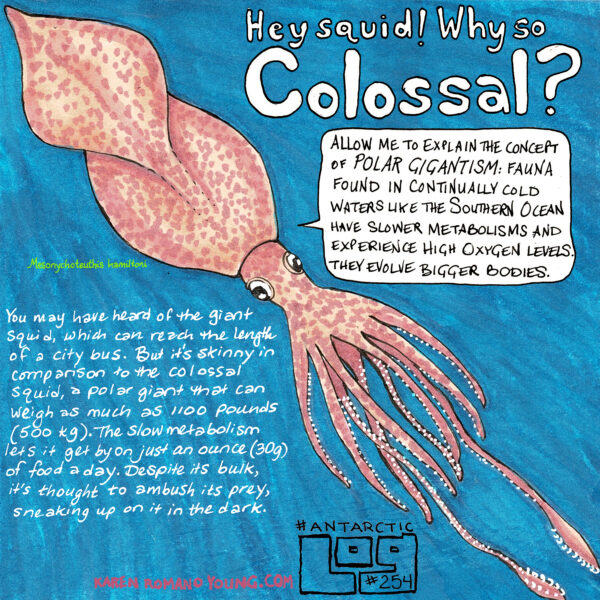
#AntarcticLog: Something in the water
#AntarcticLog is a series of comics by Karen Romano Young intended to educate and inspire through sciart. You can find ...
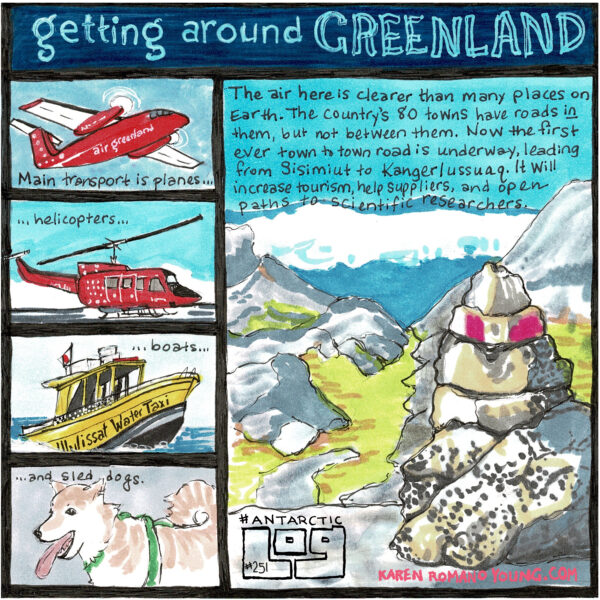
#AntarcticLog: On the trail to science
#AntarcticLog is a series of comics by Karen Romano Young intended to educate and inspire through sciart. You can find ...
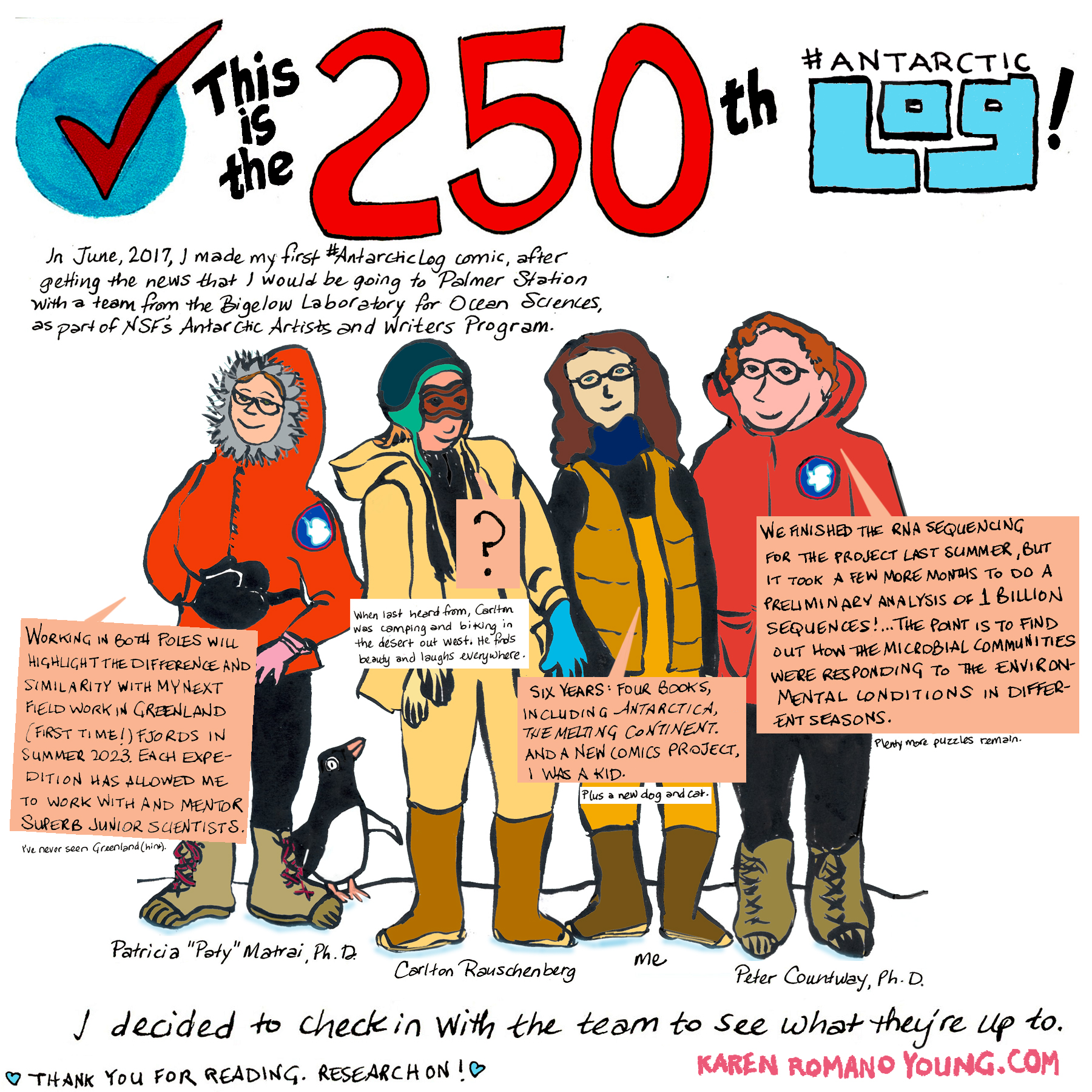
#AntarcticLog: Two Hundred Fifty
#AntarcticLog is a series of comics by Karen Romano Young, intended to educate and inspire through sciart. You can find ...
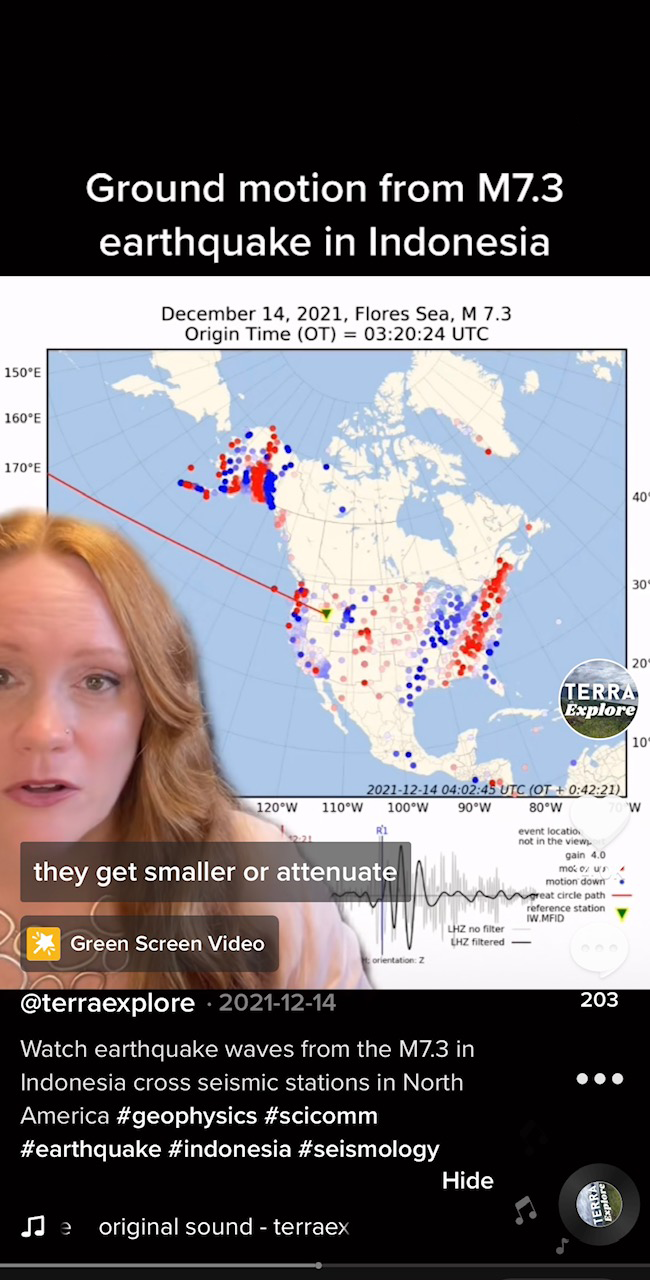
Harnessing the power of TikTok for science communication
Screenshot of a Terra Explore video discussing a (then recent) earthquake showing a Ground Motion Visualization (GMV) produced by EarthScope ...
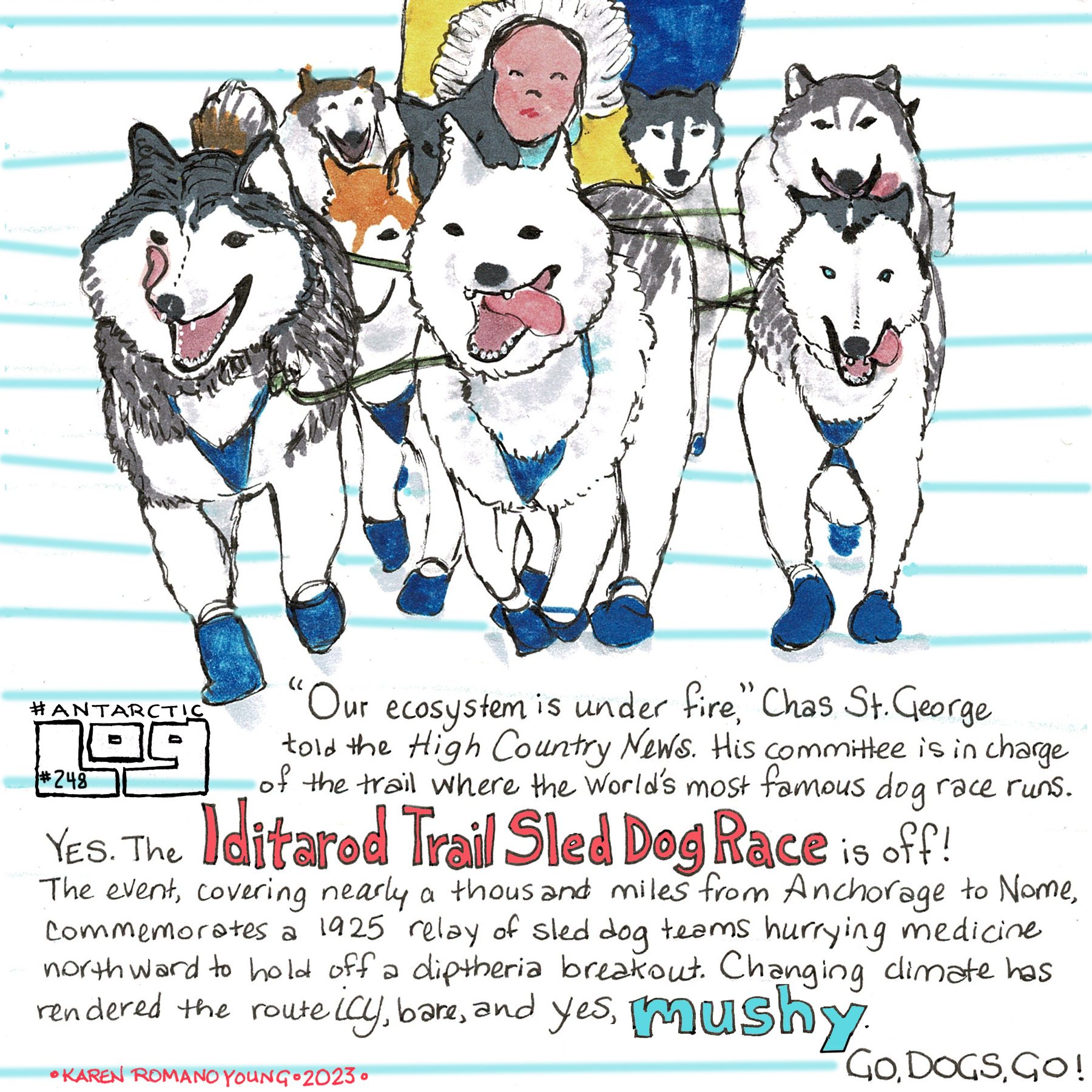
#AntarcticLog: To the dogs
#AntarcticLog is a series of sciart comics by Karen Romano Young. You can find the originals here. It’s on! What’s ...
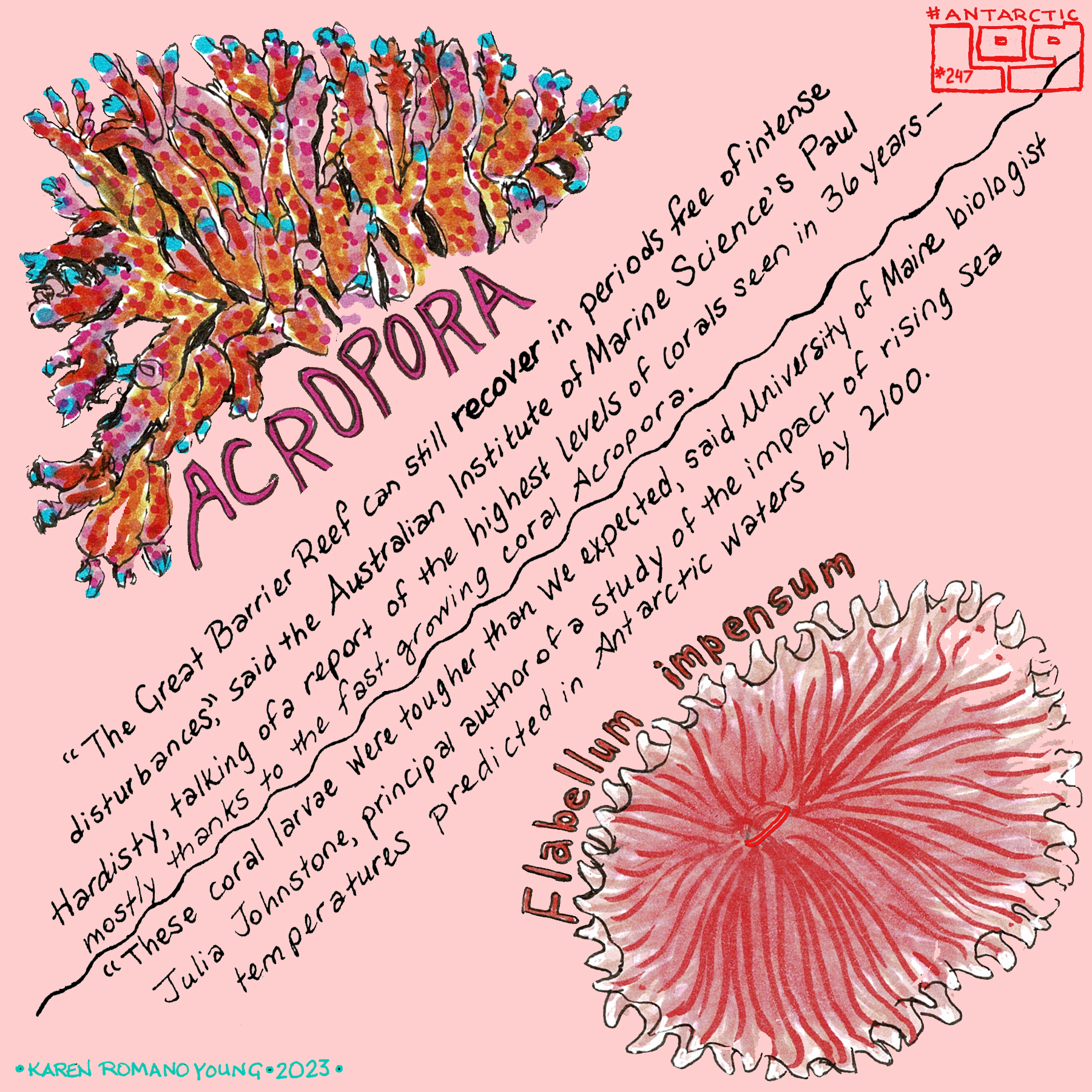
#AntarcticLog: Branching Out
#AntarcticLog is a series of sciart comics by Karen Romano Young. You can find the originals here. Coral keeps on ...
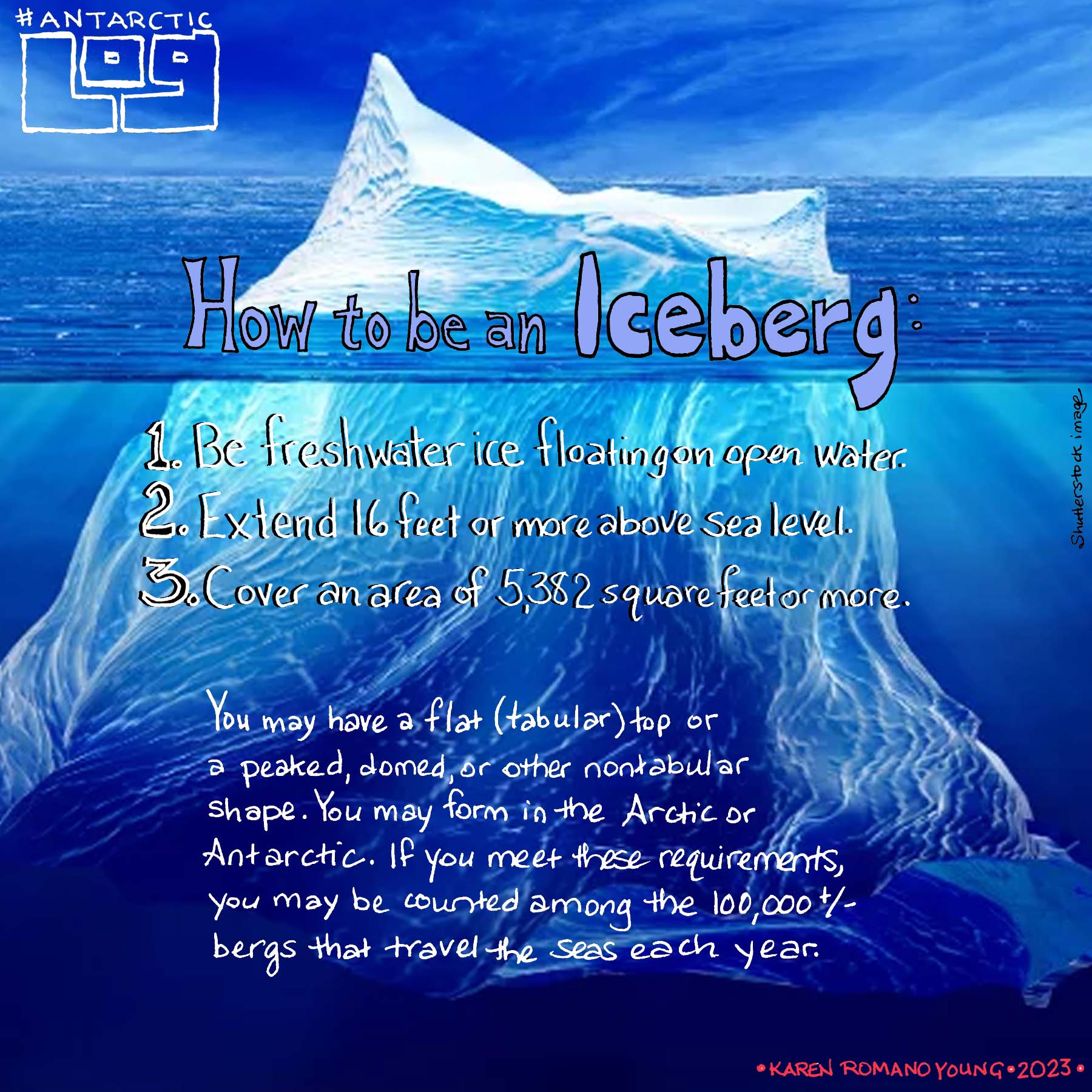
#AntarcticLog: Being Berg
24 February 2023 #AntarcticLog is a series of comics by Karen Romano Young. You can find the originals here. ...
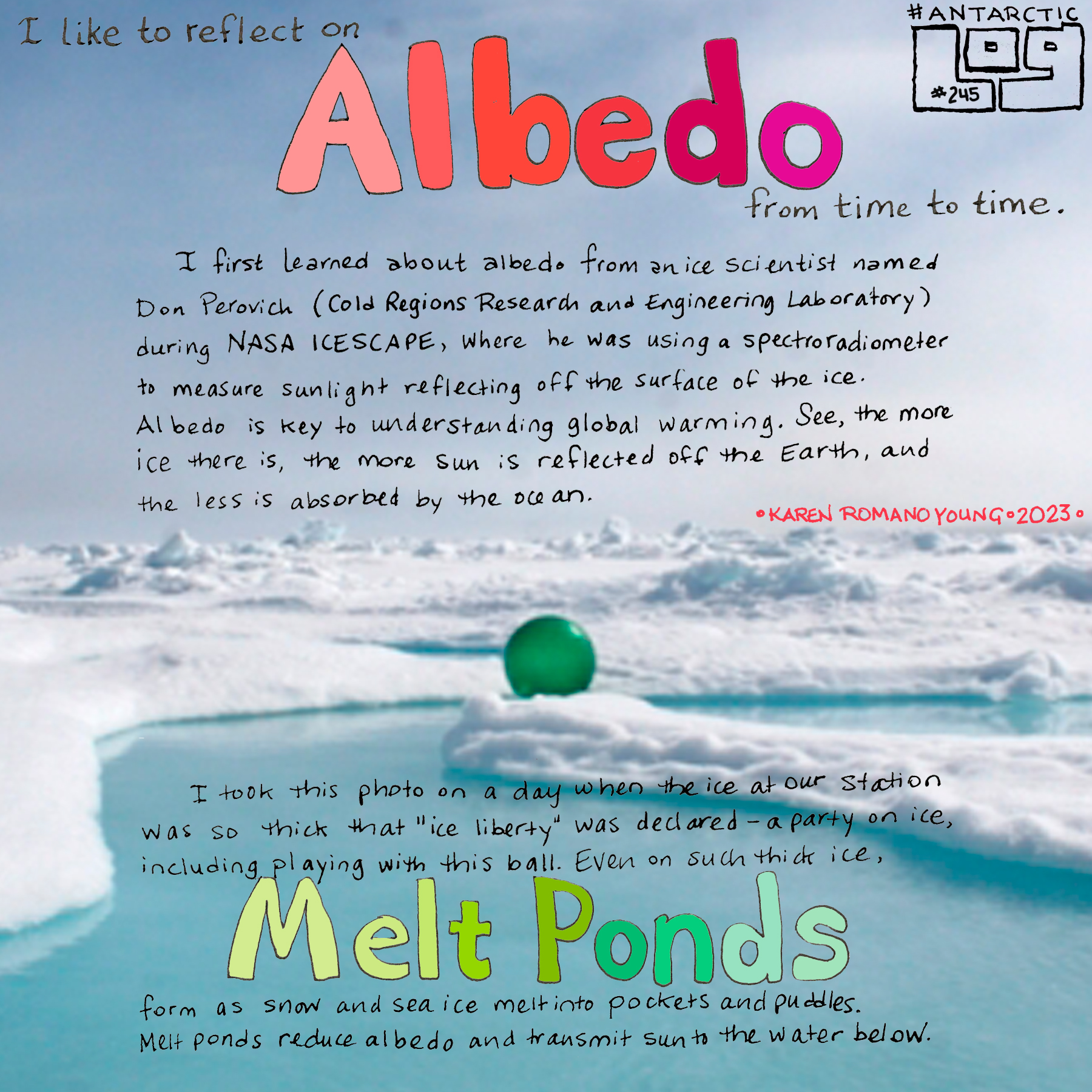
#AntarcticLog: Ice is cool
#AntarcticLog is a series of comics by Karen Romano Young. You can find the originals here. Ice, my friends, is ...

How young and early career scientists communicate science on international level
By Chia-Chun Liang A photo of the author with two other delegations (left: Janice & right: Mark) from AGU at ...
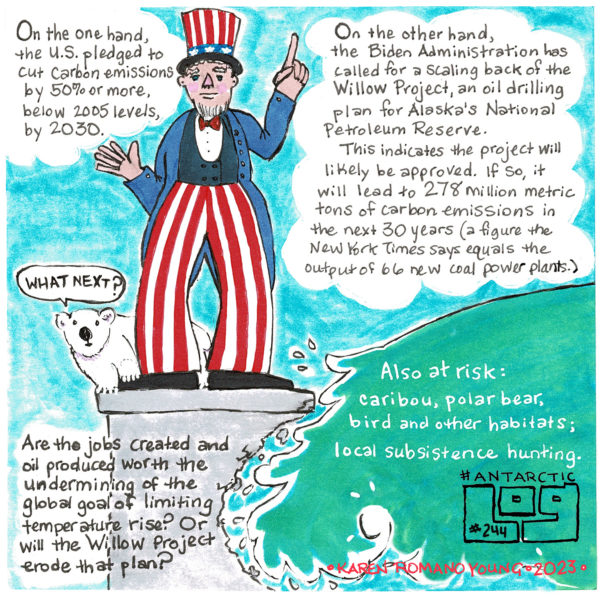
#AntarcticLog: From the top
#AntarcticLog is a series of comics by Karen Romano Young. You can find the originals here. This week’s #AntarcticLog heads to ...

Top 14 Discoveries in Human Evolution, 2022 Edition – PLOS SciComm
This year—2022—has been another exciting year for research in human evolution. With many projects around the world proceeding despite the ...

Connection and Community: the Struggle to Prevent Medical Misinformation from the Ground Up – PLOS SciComm
The communication gap between the medical field and the general population can lead to devastating consequences. Pediatric emergency medicine in ...

What Does Gratitude Have To Do With The Environment? – PLOS SciComm
By Patricia Newman Expressions of gratitude for nature rarely make headlines. Yet a growing body of research tells us that ...

Eliminate Jargon! But what about definition differences? – PLOS SciComm
To unthaw or to unthaw? That is the question. Introducing my favorite word in the English language, “unthaw” has two ...

Community is Medicine: Building Relationships as a means of Healthcare – PLOS SciComm
In this post, graduate student Makayla Anderson illustrates the work of Dr. Wanda Thruston and the importance of serving the ...

The Only Way Through – PLOS SciComm
Patient input is critical to the advancement of patient care. In this post graduate student Michael Liesen showcases Dr. Paul ...

From Litter Boxes to COVID-19: How One Scientist Strives to Educate the Public on Scientific Matters affecting their Daily Lives – PLOS SciComm
Do you think cleaning the cat litter box is an annoying chore that you have to complete every day? What ...

Shattering My Implicit Bias Against the STEM Learners in My Classroom – PLOS SciComm
By Kate Narita My biggest aha moments in life have happened when I’ve become aware of an implicit bias that a few months earlier I would ...

On the Shoulders of Giants: One Scientist’s Diabetes Research Journey – PLOS SciComm
By the start of the 1920s, a treatment for diabetes, one of the world’s oldest diseases, had eluded the medical ...
